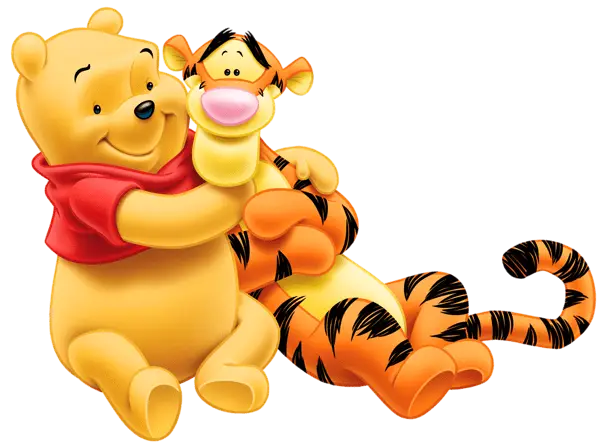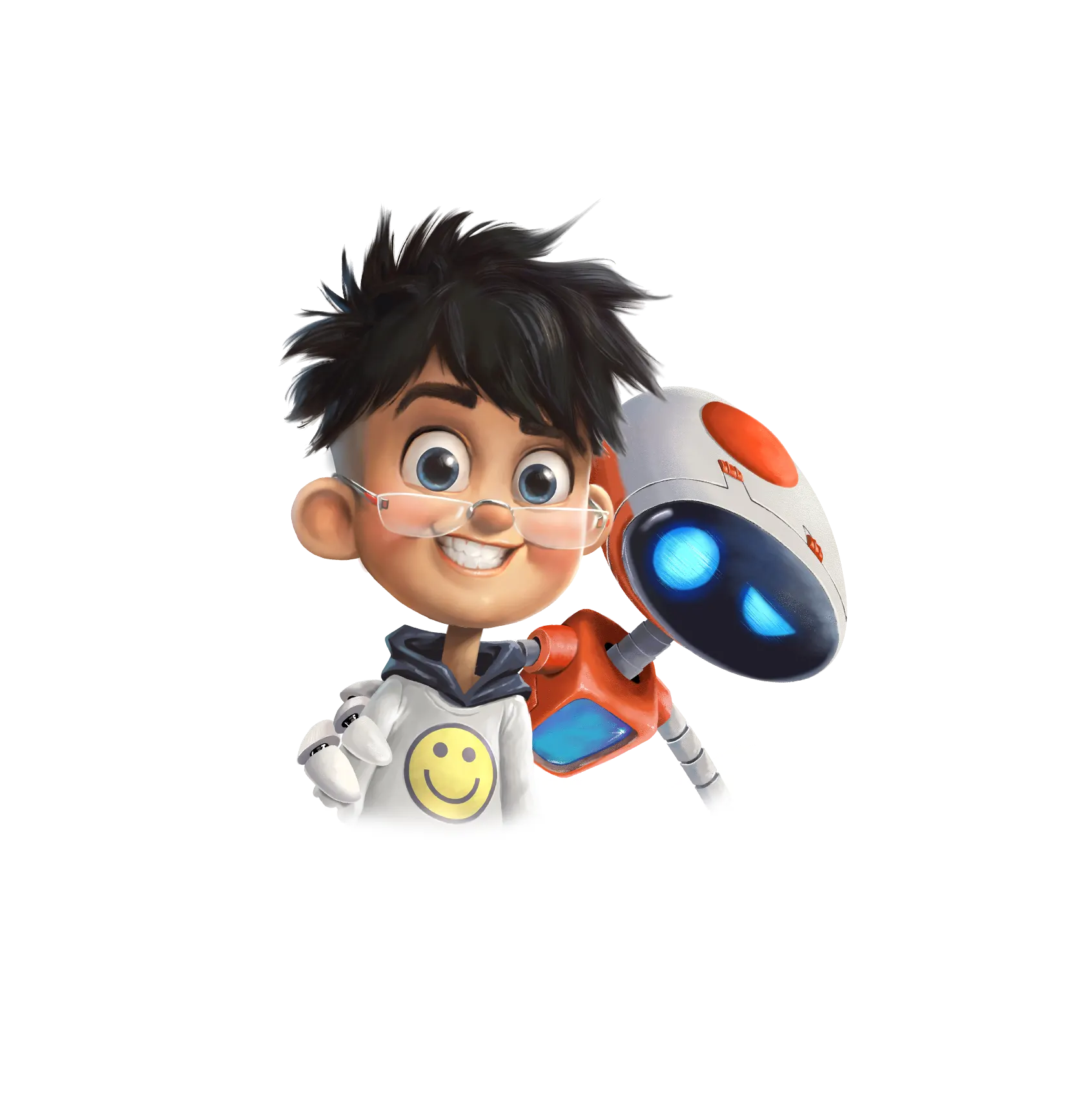We often feel annoyed when we come across advertisements that interrupt our favorite YouTube videos or television shows, right? Similarly, it becomes increasingly difficult at times to watch a business’s explainer video till the end. Well, you are not to blame – it’s the fault of the marketing team who ends up adding low-quality content to their campaigns. The point is that videos and animations have become quite common among brands for promotion purposes. However, few make the best out of this powerful tool.
It’s important to appreciate that making great animation videos is not all about being an expert in graphics design. Let’s break down this process into small steps to see what makes some animations stand out.
1. Write a Script
This is the most important step as it will determine the quality of your video. Writing a script can be challenging, especially if you are trying for the first time. To get started, view some animation videos relevant to your topic to get some ideas. We assume that the basic purpose of your video is to market your brand. In that case, showing the problem of your audience and then introducing your brand as the solution works pretty well.
Also, decide the approximate length of your video at this point.
2. Sketch your Characters and Theme
Now you have the storyline out of your creative mind. Let’s use the imagination to sketch the characters and scenes. Are you trying to show a certain place or landmark? Or maybe you can use an entirely fictional theme that is unique to your brand. The visual impact of animation videos is far more powerful than words in engaging your audience.
3. Choose an Appropriate Software
Here comes the technical part (but not difficult!). There are many products out there in the market that you can use for making animation videos. If you have made some videos before, you may have some personal preferences here based on which software you find easy to use. However, if you are completely new to graphics and media, it’s a good idea to try some free products and watch tutorial videos to learn the basics.
Don’t worry; there are many useful resources easily available. In any case, you can always contact us for expert assistance!
4. Prepare the Narration and Sound Effects
Once you are done with making the video frames using your desired software, it’s time to add the narration as needed. It’s best to write down everything and practice saying it in an appropriate tone several times. This will help you maintain ideal speed and accent throughout.
Review
Congratulations! You just completed the first draft of your video. Review it carefully and make improvements where necessary. Why not ask your friends for feedback?
Creating great animation videos demands practice, patience, and creativity. Looking for some more guidance? Contact us today at Prayan Animations!


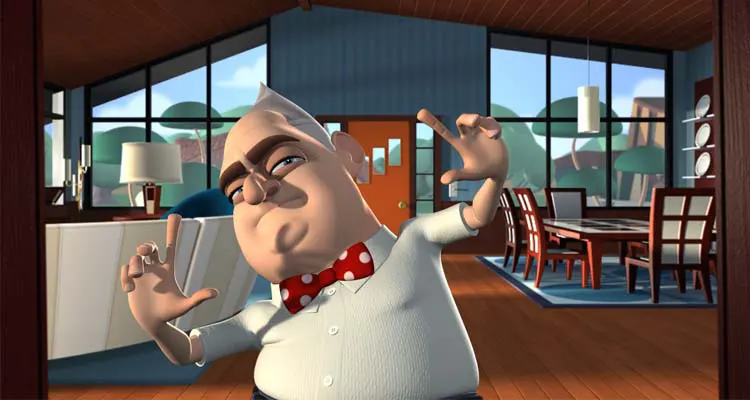


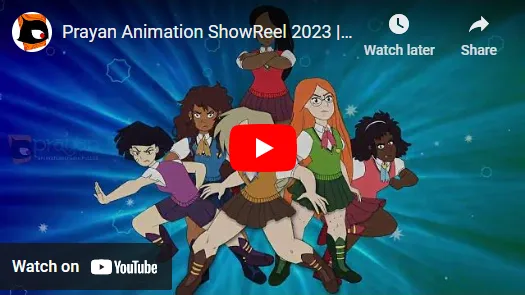

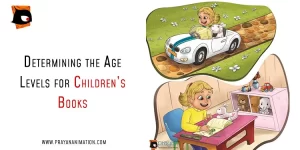
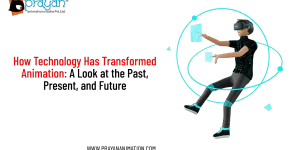

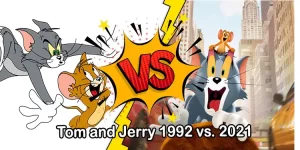
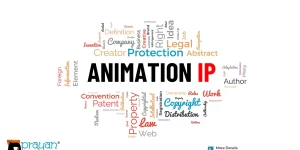
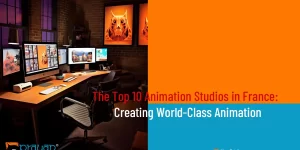
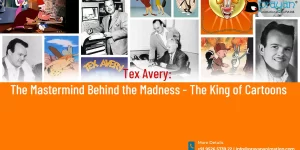


 We can help you.
We can help you. 

